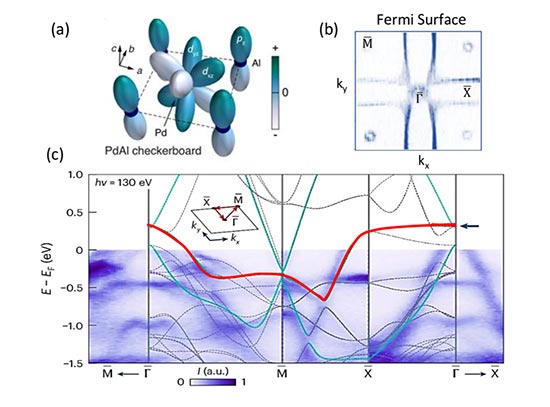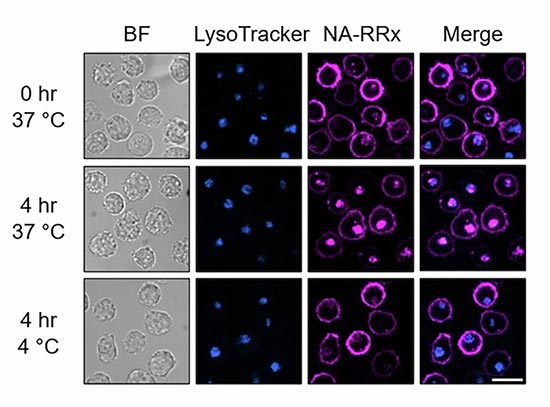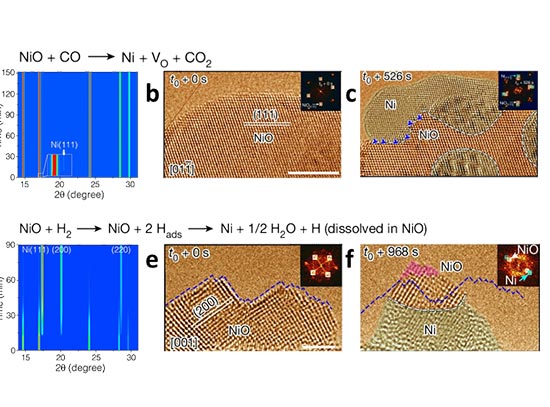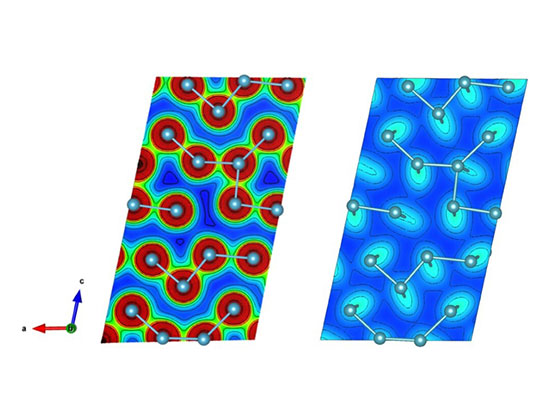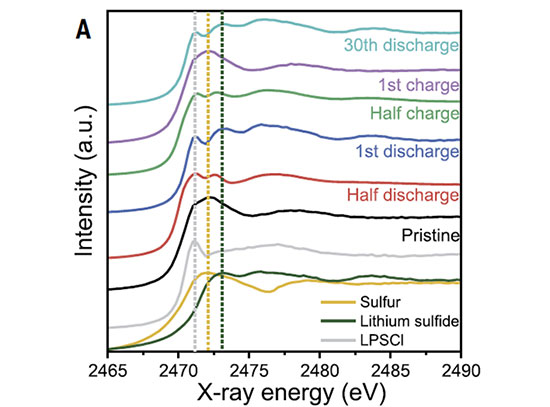Taming the Chaos for Synchrotron Beam Efficiency and Stability
June 18, 2025
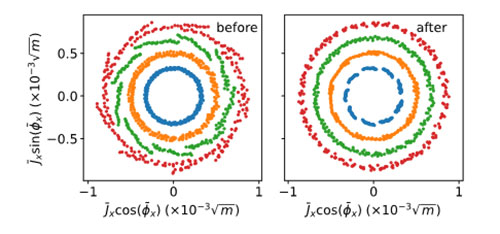 enlarge
enlarge
These Poincaré maps measure how particles move in phase space before (left) and after (right) optimization, as entropy is reduced and the system becomes more orderly.
The Science
Using Shannon entropy, accelerator physicists at NSLS-II were able to detect and characterize chaotic beam motion from reconstructed particle trajectories in phase space and correct it.
The Impact
This tuning leads to improved injection efficiency, enhancing beam quality, and operational reliability. Beam currents that are more consistent and stable are critical for experiments.
Summary
In particle accelerators like the National Synchrotron Light Source II (NSLS-II), maintaining a stable and predictable path for particle beams is crucial. However, nonlinearities in the magnet system can lead to chaotic particle motion, making it challenging to control the beam dynamics effectively. This chaos reduces beam injection efficiency and causes fluctuations in beam current, which negatively impacts users.
Accelerator physicists introduced a measurable chaos indicator by analyzing the Shannon entropy, a measure of uncertainty or randomness, in measured Poincaré maps at NSLS-II. Poincaré maps are used to study the dynamics of systems by observing the intersection points of trajectories in phase space. By evaluating the Shannon entropy in these maps, the team could quantify the level of chaos in the system using beam position monitors. They then used this measured entropy as an objective function for online optimization, adjusting the settings of sextupole magnets in real-time to reduce the system's chaos. This process effectively "regularized" the Poincaré maps, leading to more stable beam dynamics.
This tuning significantly improved injection efficiency, stability of beam intensity, and reduced beam losses and radiation dose around the injection areas. Improved injection efficiency ensures more consistent and stable beam intensity, which is critical for experiments. The application of this method resulted in a significant reduction of the chaos in the electron beam motion, enhancing the predictability and stability of the NSLS-II
beam. Importantly, this approach is general and can be applied to other tunable nonlinear systems beyond particle accelerators.
Download the research summary slide (PDF)
Related Links
Online regularization of Poincaré map of storage rings with Shannon entropy (paper)
Contact
Yongjun Li
Brookhaven National Laboratory
yli@bnl.gov
Publications
Li, Y., Anderson, K., Xu, D., Hao, Y., Ha, K., Hidaka, Y., Song, M., Rainer, R., Smaluk, V., & Shaftan, T. (2025). [Title of the article]. Physical Review Accelerators and Beams, 28(3), 034001. https://doi.org/10.1103/PhysRevAccelBeams.28.034001
Funding
This research is supported by the U.S. Department of Energy under Contract No. DE-SC0012704, the NSLS-II Facility Improvement Projects and the DOE HEP award DE-SC0023722. Coauthor K. A. is partially sponsored by Brookhaven National Laboratory Graduate Research Internship Program 2024.
2025-22529 | INT/EXT | Newsroom




